The Temporomandibular joint is a hinge that connects your jaw to the temporal bones of your skull, which are in front of each ear. It lets you move your jaw up and down and side to side, so you can talk, chew, and yawn.
Problems with your jaw and the muscles in your face that control it are known as temporomandibular disorders (TMD). But you may hear it wrongly called TMJ, after the joint.
Temporomandibular joint (TMJ) disorder is tormented in the jaw joint that can be caused by an assortment of restorative issues. The TMJ associates the lower jaw (mandible) to the skull (transient bone) before the ear.
Certain facial muscles that control biting are likewise appended to the lower jaw. Issues around there can cause head and neck torment, facial torment, ear torment, migraines, a jaw that is secured position or hard to open, issues with gnawing, and jaw clicking or popping sounds when you chomp.
The temporomandibular joint disorder is likewise alluded to as a temporomandibular joint issue. By and large, a bigger number of ladies than men have TMJ disorder.
The TMJ has contained muscles, veins, nerves, and bones. You have two TMJs, one on each side of your jaw.
Muscles engaged with biting (rumination) additionally open and close the mouth. The jawbone itself, controlled by the TMJ, has two developments: pivot or pivot activity, which is opening and shutting of the mouth, and coasting activity, a development that enables the mouth to open more extensive. The coordination of this activity additionally enables you to talk, bite, and yawn.
On the off chance that you put your fingers just before your ears and open your mouth, you can feel the joint and its development.
When you open your mouth, the adjusted finishes of the lower jaw (condyles) skim along the joint attachment of the transient bone. The condyles slide back to their unique position when you close your mouth.
To keep this movement smooth, a delicate plate of ligament lies between the condyle and the transient bone.
This plate assimilates stun to the temporomandibular joint from biting and different developments. Biting makes a solid power. This plate disseminates the powers of biting all through the joint space.
The causes of Temporomandibular Joint Injury is not clear, Dentists believe symptoms arise from problems with the muscles of your jaw or with the parts of the joint itself.
Injury to your jaw, the joint, or the muscles of your head and neck — like from a heavy blow or whiplash — can lead to TMD. Other causes include:
- Grinding or clenching your teeth, which puts a lot of pressure on the Temporomandibular Joint.
- Dislocation of the soft cushion or disc between the ball and socket of the joint
- Presence of Arthritis in the Temporomandibular Joint.
- Stress, which can cause you to tighten facial and jaw muscles or clench the teeth.
The Symptoms of Temporomandibular joint
Temporomandibular Joint Injury often causes severe pain and discomfort. It can be temporary or last many years. It might affect one or both sides of your face. More women than men have it, and it’s most common among people between the ages of 20 and 40.
Common symptoms include:
- Pain or tenderness in your face, jaw joint area, neck and shoulders, and in or around the ear when you chew, speak, or open your mouth wide
- Problems when you try to open your mouth very wide
- Jaws that get “stuck” or “locked” in the open- or closed-mouth position
- Clicking, popping, or grating sounds in the jaw joint when you open or close your mouth or chew. This may or may not be painful.
- A tired feeling in your face
- Trouble chewing or a sudden uncomfortable bite — as if the upper and lower teeth are not fitting together properly
- Swelling on the side of your face
You may also have toothaches, headaches, neck aches, dizziness, earaches, hearing problems, upper shoulder pain, and ringing in the ears (tinnitus).
The Risk Factors for Temporomandibular joint
Continuous investigations led by the National Institute of Dental and Craniofacial Research (NIDCR), some portion of the U.S. National Institutes of Health, are centred around assessing hazard factors for TMJ disorder in solid people.
Introductory outcomes have distinguished a gathering of physiological, mental, tactile, and hereditary and sensory system factors that may expand the danger of treating TMJ disorder.
New discoveries will enable us to better comprehend the beginning and movement of TMJ disorder. Moreover, novel approaches to analyze and treat the condition can be produced. The following are some hazard factors that have been recognized:
Sex: Women are at higher danger of creating
TMJ disorder contrasted with men.
Furthermore, there might be contrasts in how ladies and men react to torment and to torment pharmaceuticals.
Age: Studies of people between the ages of 18-44 demonstrate that the hazard to create TMJ conditions increments for ladies.
This has been noted particularly for ladies amid their childbearing years. For men ages 18-44, there was no expanded hazard.
Torment resilience: Studies recommend that individuals who are more touchy to somewhat difficult boosts have an expanded hazard for treating TMJ disorder.
Hereditary qualities: There is some sign that qualities identified by pressure reaction, mental wellbeing, and aggravation may expand the hazard for TMJ disorder.
Interminable torment: Those who experience the ill effects of perpetual agony conditions, for example, bring down back torment and migraines might be at expanded hazard for
TMJ disorder.
Ayurvedic Treatment Of Temporomandibular joint
Medications For Temporomandibular joint In Ayurveda
1. Dhanwantharam kashayam
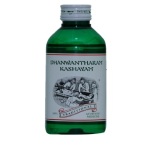 Dhanwantharam kashayam is an Ayurvedic medicine used in Ayurvedic postnatal care.
Dhanwantharam kashayam is an Ayurvedic medicine used in Ayurvedic postnatal care.
It is in a herbal decoction form. It is also available in the form of Kashayam tablet form.
2. Lakshadi Guggul
Lakshadi Guggul is a very famous Ayurvedic medicine in tablet form.
This tablet has Guggul (Commiphora Mukul) as its base. It is widely used in the Ayurvedic treatment for of bone-related diseases and fractures healing.
3. Gandha Thailam
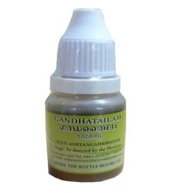
Gandha Thailam is a famous Ayurvedic medicine used in the treatment of Arthritis, fractured bones and weak bones.
It is taken internally. Gandha Thailam capsules are also available, which helps in easy oral administration.
4. Nagaradi Thailam
 Nagaradi Thailam
Nagaradi Thailam is a herbal oil used in the Ayurvedic treatment of ear diseases such as an earache.
This medicine is most commonly used in South Indian Ayurveda practice.
5. Murivenna Oil

Murivenna Oil is an effective Ayurvedic medicine used both for external and internal administration.
It is a renowned oil for non-healing wounds, fractures, and sprains. This oil is based on
Kerala Ayurvedic medicine. It is prepared in a coconut oil base.
Are There TMJ Home Remedies?
In the larger part of cases, TMJ disorder is self-constraining. A large portion of the indications vanishes in two weeks once the jaw is refreshed There is an assortment of choices for treating TMJ disorder at home.
- Anti-inflammatory and pain medications such as aspirin or acetaminophen (Tylenol) or ibuprofen (Motrin, Advil) may provide relief.
- Eat a diet of soft foods.
- Avoid chewing gum and eating hard candy or chewy foods. Do not open your mouth wide. Your doctor may show you how to perform gentle muscle stretching and relaxation exercises.
- Stress-reduction techniques may help you manage stress and relax your jaw along with the rest of your body.
- Apply warm compresses on the area of pain. Home therapy includes mandible (lower jaw) movements, such as opening and closing the jaw from side to side.
- Try this after a warm compress is applied for 20 minutes. The lower jaw movements should be repeated three to five times a day, five minutes continuously each time, for about two to four weeks. A gentle massage of the area can also be beneficial.
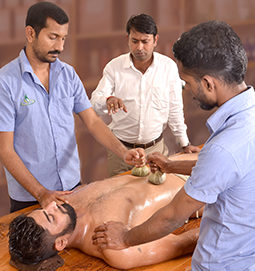



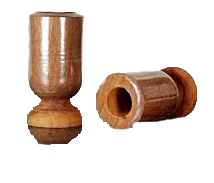



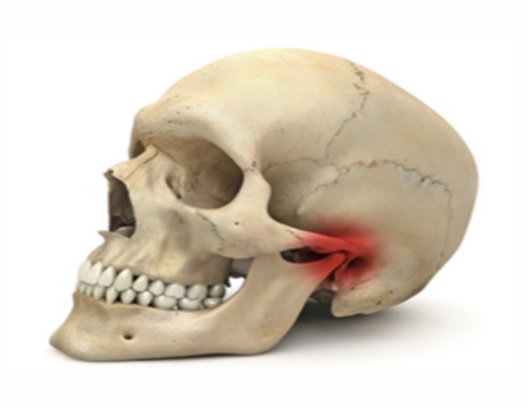
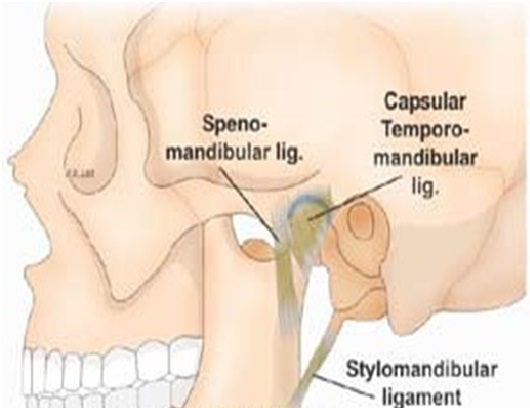
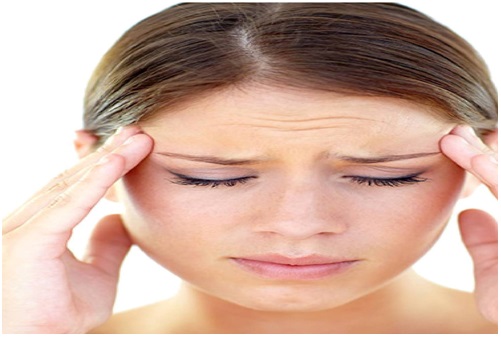



 Nagaradi Thailam
Nagaradi Thailam Murivenna Oil is an effective Ayurvedic medicine used both for external and internal administration.
Murivenna Oil is an effective Ayurvedic medicine used both for external and internal administration.